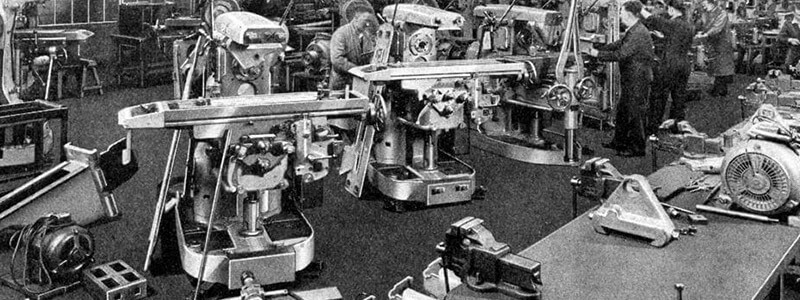What Is Milling Machine? History Of Milling Machine
What is Milling Machine ?
A milling machine is a tool found primarily in the metalworking industry. Milling machines are tools designed to machine metal, wood, and other solid materials. Often automated, milling machines can be positioned in either vertical or horizontal orientation to carve out materials based on a pre-existing design. In general, these machines are used to shape solid products by eliminating excess material in order to form a finished product. Milling machines can be used for a variety of complicated cutting operations – from slot cutting, threading, and rabbeting to routing, planning, and drilling. They are also used in die sinking, which involves shaping a steel block so that it can be used for various functions, such as moulding plastics or coining.
Milling machinery can be operated manually or digitally using device called a computer numerical control or CNC milling machine. In addition to the traditional X, Y, and Z axes found in a manual machine, a milling CNC machine often contains one or two additional axes. These extra axes can allow for greater flexibility and more precision. CNC machines eliminate the need for a machine operator, which can prevent possible accidents as well as save on labour costs.
History of Milling Machine
In 1816, Milling machine invented to reduce hand filing of intricate shapes. Later, in 1818, Whitney invented the first milling machine. A bit later in the year 1818 Eli Whitney (inventor of the cotton gin) invents a milling machine in New Haven Connecticut. Prior to the milling machine, a machinist’s tools were primarily files and required a highly skilled operator. The milling machine allowed a less skilled operator to make the same quality of parts as the skilled operator with the file. This milling machine found use making rifles for the government. The CNC (tape) machines started to show up around 1953, in the earlier past the wood milling machine made in England that was used in making patterns in a foundry. This machine had more axis than an octopus. The table had X-Y-Z, would rotate, tilt. All this motions were made by gear changes.





